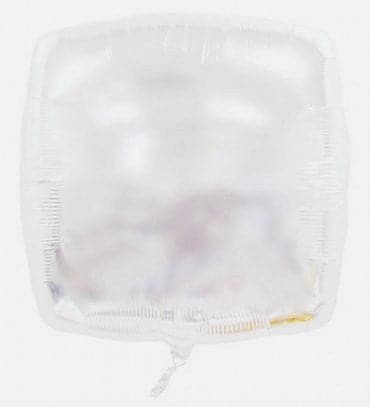The thing is such crude analogs may not fool the visual system and it may be able to tell it's not a real obstacle. And the more real looking analogs like used for AEB tests for example, are probably out of budget for most people. For this example, you would need to make something that looks like a concrete pillar, which a white sheet does not.
I also looked up the law given how the road is laid out makes it seem like it is designed to allow changing lanes between the monorail pillars (otherwise I don't see why there is no curb or other barriers added between the pillars). And guess what? It actually
is legal to drive between the pillars to change lanes to another lane on the other side. So actually what the car did was legal. It's just without the pillars being visualized, I doubt anyone will feel safe letting the car do that.
Is it illegal to change lanes under the Monorail tracks?




